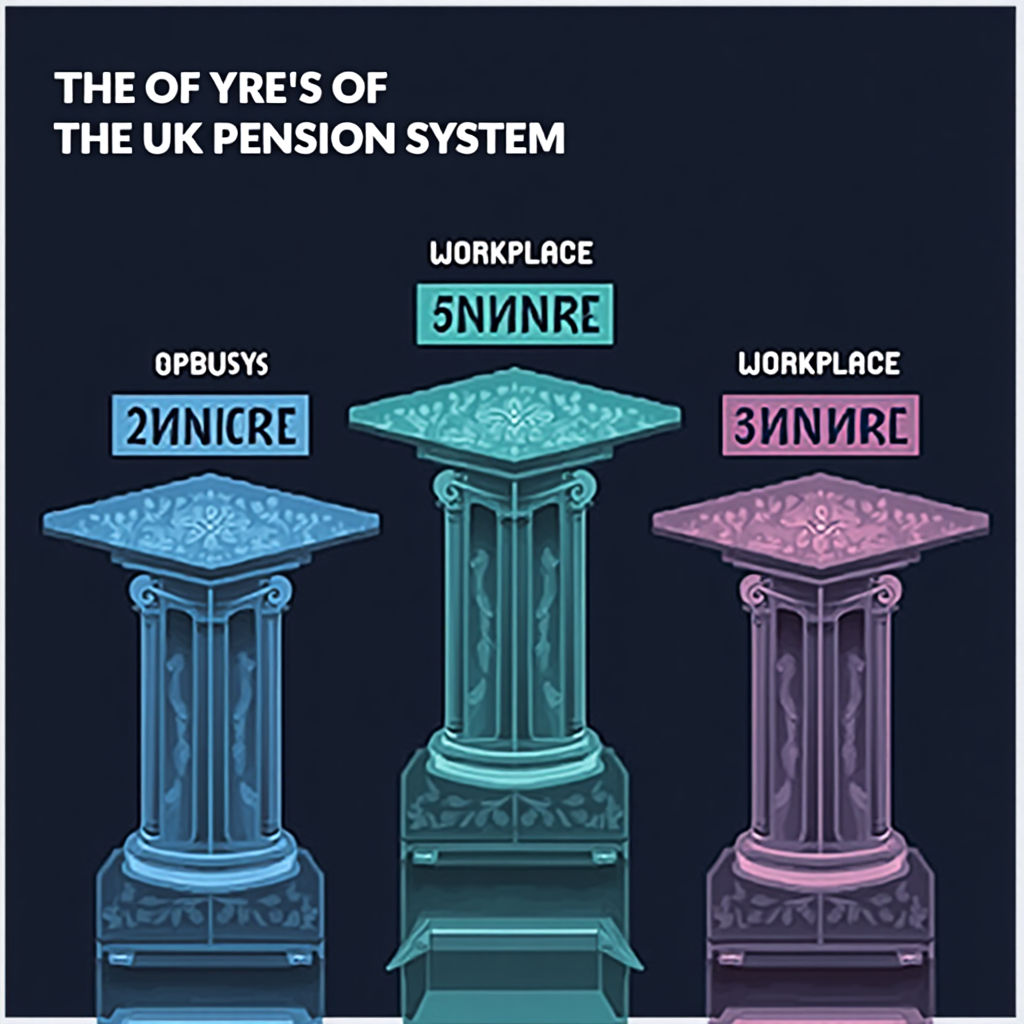Understanding the fundamentals of pension planning is crucial for securing your financial wellbeing in retirement years.
Learn More
Financial preparation for retirement is essential for everyone, regardless of your current age or income level.

Beginning your pension journey early can significantly impact your retirement lifestyle. The power of compound interest means that even small contributions can grow substantially over time.
Studies show that individuals who start saving in their 20s or 30s can accumulate nearly twice as much retirement wealth compared to those who begin in their 40s, even with the same contribution amounts.
The UK pension landscape includes State Pension, workplace pensions, and private pension schemes. Each plays a vital role in building your retirement income.
Recent changes to pension legislation have created more flexibility in how you can access your pension funds, making it more important than ever to understand your options.


Retirement planning goes beyond ensuring basic survival—it's about maintaining your quality of life and pursuing your dreams when your working years end.
With increasing life expectancy, many people will spend 20-30 years in retirement. Proper financial planning helps ensure these years are comfortable and fulfilling rather than filled with financial stress.
Discover how proper retirement planning can positively impact your future.
Develop a robust safety net that protects you from unexpected expenses and market volatility during retirement.
Harness the power of compound interest and strategic investments to grow your retirement savings over time.
Reduce anxiety about the future by knowing you have a well-structured plan for your retirement years.
Understand pension tax relief and strategies to minimize your tax burden while maximizing your retirement income.
Create options for how and where you spend your retirement, whether it's travel, hobbies, or supporting family.
Ensure your assets are distributed according to your wishes and potentially leave a financial legacy for loved ones.
Building your understanding of key financial concepts
Understanding the difference between defined benefit and defined contribution pensions is crucial. Defined benefit schemes provide a guaranteed income based on your salary and years of service, while defined contribution pensions build a pot of money that you can use to provide retirement benefits.
For most UK workers today, defined contribution schemes are the norm, making it essential to understand how your contributions grow and what options you'll have at retirement.
Compound interest is often called the eighth wonder of the world. When your pension investments generate returns, those returns then generate their own returns, creating a snowball effect over time.
For example, a 25-year-old who invests £200 monthly with a 5% annual return could accumulate over £220,000 by age 65. If they wait until age 35 to start, they would need to invest nearly twice as much monthly to achieve similar results.
The principle of not keeping all your eggs in one basket applies strongly to retirement planning. Diversification—spreading your investments across different asset classes, sectors, and regions—helps manage risk.
A well-diversified pension portfolio typically includes a mix of equities (stocks), fixed income (bonds), property, and sometimes alternative investments, with the proportions adjusted based on your age and risk tolerance.
The UK State Pension provides a foundation for retirement income but may not be sufficient for the lifestyle many people desire. Currently, the full new State Pension is £179.60 per week (as of 2023/2024), which amounts to approximately £9,339 annually.
To qualify for a full State Pension, you need 35 years of National Insurance contributions or credits. You can check your State Pension forecast and National Insurance record on the UK government website.

Your approach to pension savings should evolve as you progress through different life stages. In your 20s and 30s, you might focus on growth and accept more volatility. As you approach retirement, gradually shifting toward more conservative investments helps protect your accumulated wealth.
Financial experts often suggest the "100 minus your age" rule as a starting point—the percentage of your portfolio allocated to higher-risk investments like equities should roughly equal 100 minus your current age.
Since the 2015 pension freedom reforms, UK pension holders have greater flexibility in accessing their defined contribution pensions from age 55 (rising to 57 from 2028). Options include:
Each approach has advantages and potential drawbacks, making professional guidance valuable for this important decision.


Beyond traditional workplace pensions, several investment vehicles can enhance your retirement planning:
Understanding the current landscape of retirement in the UK
According to recent studies, many UK adults are not saving enough for retirement. The Pensions and Lifetime Savings Association suggests that a single person needs approximately £10,900 per year for a minimum standard of living in retirement, £20,800 for a moderate lifestyle, and £33,600 for a comfortable one.
However, with the average UK pension pot at retirement being around £61,000, many face a significant shortfall when converting this to an annual income. This highlights the importance of early and consistent pension planning.
The UK's population is aging, with projections suggesting that by 2050, one in four people will be aged 65 or over. This demographic shift places additional pressure on both state pension systems and individual retirement plans.
Life expectancy has also increased significantly. A 65-year-old today can expect to live for about 20 more years on average. This means retirement savings need to last longer than for previous generations.
The introduction of automatic enrolment in workplace pensions has significantly increased pension participation. As of 2021, over 10 million additional workers are saving into a workplace pension compared to 2012.
However, the minimum contribution rates (8% of qualifying earnings, including employer contributions) may still be insufficient for many people to achieve their desired retirement income. Financial advisors often recommend total contributions of 12-15% of salary for adequate retirement provision.
Fundamental approaches to building a secure financial future

This simple budgeting approach allocates 50% of your income to needs, 30% to wants, and 20% to savings and debt repayment. For retirement planning, the 20% category is crucial—ideally directing a significant portion toward pension contributions.
Implementing this budgeting method can help balance current lifestyle needs with future financial security, creating discipline in your saving habits.
This strategy involves creating multiple income streams that activate at different stages of retirement:
This approach helps manage sequence of returns risk—the danger of experiencing poor investment returns in the early years of retirement.


This guideline suggests withdrawing 4% of your retirement portfolio in the first year of retirement, then adjusting that amount for inflation each subsequent year. Research indicates this approach provides a high probability of not outliving your savings over a 30-year retirement period.
For example, with a £500,000 pension pot, your first-year withdrawal would be £20,000. If inflation is 2%, you would withdraw £20,400 the following year.
While this rule provides a useful starting point, individual circumstances and market conditions may necessitate adjustments to the withdrawal rate over time.
Have questions about retirement planning? Reach out to us for educational resources.
Our team provides free educational materials about retirement planning fundamentals. We believe in empowering individuals with knowledge to make informed decisions about their financial future.
Our resources cover topics including: